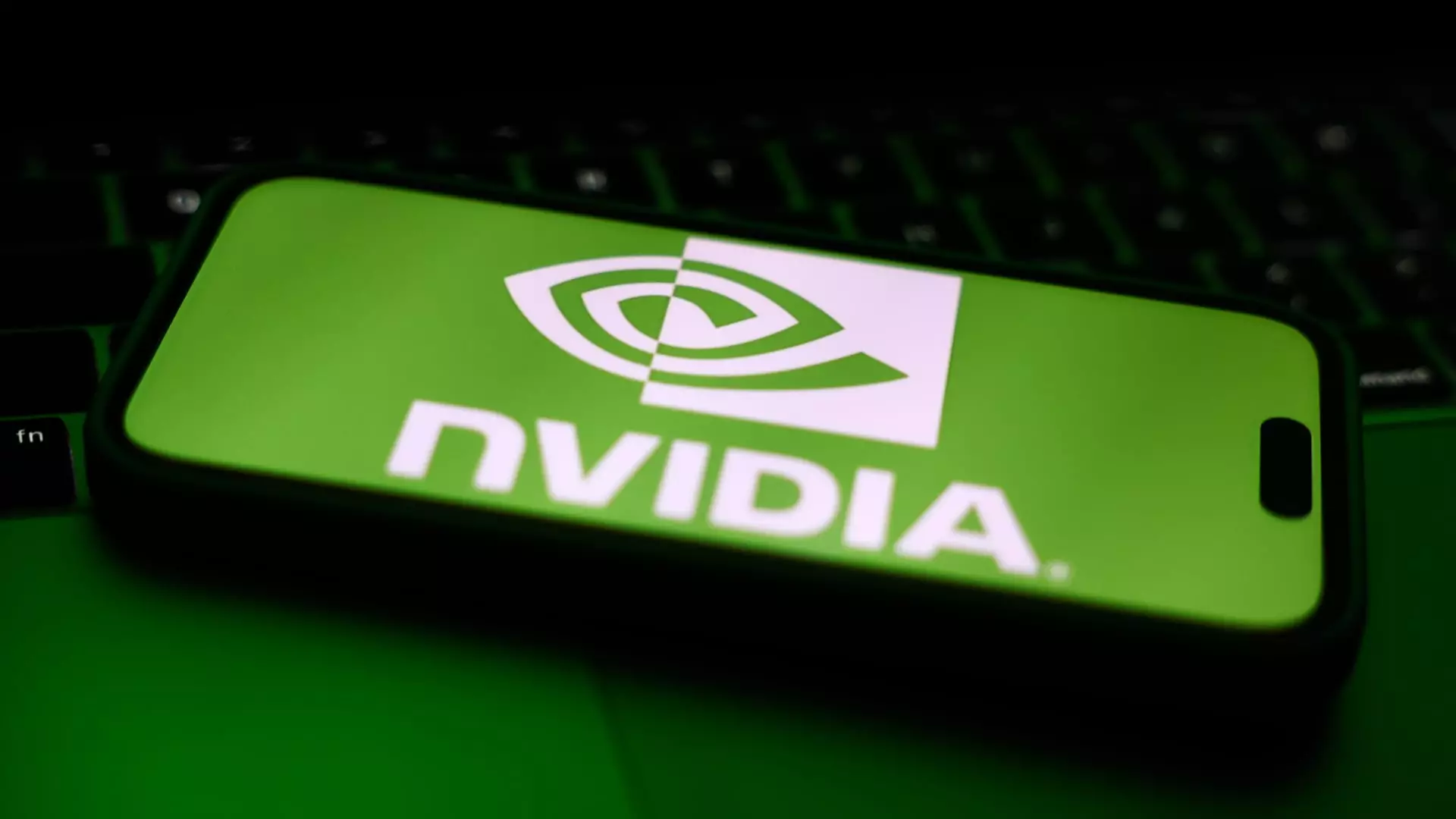In a bold move set against a backdrop of intensified regulatory scrutiny, Nvidia is poised to launch a new artificial intelligence chipset aimed squarely at the Chinese market. This venture, nevertheless, comes at a strikingly lower price point than its predecessor, the H20 model, which has been somewhat of a barometer for Nvidia’s ambition. The forthcoming graphic processing unit (GPU) is projected to be priced between $6,500 and $8,000, a noticeable drop from the H20’s range of $10,000 to $12,000. While optimistically perceived as a tactical adjustment, this price reduction also raises questions about the underlying performance and market viability of Nvidia’s new offering. Smart pricing may attract customers in a competitive market, but one must wonder if the compromise on specifications signals a broader struggle within Nvidia to maintain its former dominance.
Having been forced to innovate under pressure, Nvidia’s new chipset will be built on the Blackwell architecture and will utilize the more conventional GDDR7 memory instead of the cutting-edge high bandwidth memory, leaving us to question whether this new generation can meet the growing demands of artificial intelligence workloads. Such specifications are essential in a landscape where every second of data processing counts, and reduced performance could easily turn potential customers away to rival products, particularly those from domestic competitors like Huawei.
Navigating the Regulatory Minefield
The ongoing tension between the United States and China has direct implications for Nvidia’s strategic direction. Following the U.S. government’s stringent export restrictions, Nvidia is navigating a treacherous landscape to regain its footing in a market that remained essential for its revenue, accounting for 13% of total sales in the last financial year. The reality is that restrictions imposed on cutting-edge technology, such as the H20, have crippled Nvidia’s operations and diminished its once-unstoppable market share, plummeting from 95% to 50% since the inception of these curbs.
Moreover, the leadership within Nvidia is not only scrambling to adapt but is also vocally queuing concerns regarding the potential risk of losing even more customers to Huawei if these constraints linger. The latter’s Ascend 910B chip is being groomed as a strong rival, capitalizing on Nvidia’s faltering global foothold. What’s unsettling here is that as Chinese tech companies sharpen their tools, the U.S. government’s foreign policy could inadvertently foster the rise of domestic alternatives, which is a far cry from the intention of stifling China’s technological ascent.
The Financial Ramifications of Loss
The ramifications of the H20 ban extend beyond mere project constraints; Nvidia is staring at staggering financial losses, which include a painful write-off of $5.5 billion in inventory and a staggering $15 billion in potential sales. Such figures are not trivial—they reflect a company cornered and constrained by geopolitics and legislative bureaucracy. Nvidia CEO Jensen Huang’s acknowledgment of the failure to adapt his older Hopper architecture due to U.S. restrictions crystallizes the precarious state of innovation amidst bureaucracy.
This disconcerting reality places Nvidia in a precarious position, stressing the urgency for it to not just meet customer demands but also to be agile within a hostile regulatory environment. The company could easily find itself gasping for air, caught between the ambitions of an industry growing more conducive to domestic players and the ravaging effects of bureaucratic constraints.
The Road Ahead: Challenges and Opportunities
Amidst these challenges, Nvidia is not entirely devoid of hope. The company is pursuing additional chip models, with another Blackwell architecture variant expected for a September rollout. According to some projections, the transition to the GDDR7 memory technology could yield performance on par with newly imposed export bandwidth caps—approximately 1.7 terabytes per second. Yet, the reality remains: the approach taken here feels more like a begrudging concession than a triumphant innovation statement.
As we observe this saga unfold, it invites a critical examination of the interplay between technology, regulation, and brand survival. Nvidia’s trajectory elucidates the idea that a tech giant’s health cannot merely be judged by its innovation but also by its capacity to navigate the complex web of international relations and domestic ambitions that define the modern marketplace. The looming question persists: will Nvidia manage to reclaim its erstwhile supremacy, or will it find itself relegated to the sidelines, a bystander in a competition it once dominated?

Leave a Reply